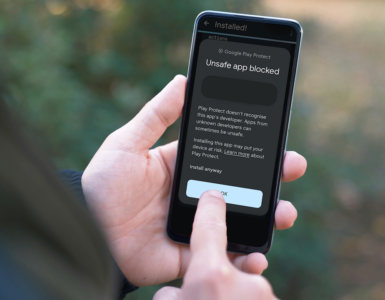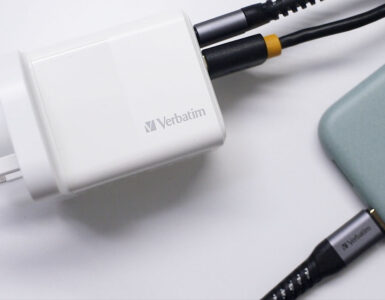eSIM prides itself as a seamless solution to activate your carrier services without waiting for a physical SIM card or swapping it out. Some devices even support more than two eSIMs, exceeding the upper limit of dual sim dual standby found on some phones.
On the other hand, imagine yourself in this cumbersome (but likely) situation: your phone is unresponsive and you urgently need to regain telco services. The common sense thing to do would be to move the SIM card to another functioning device – whilst hoping the SIM card is of the same size (micro SIM, nano SIM, etc.).
How did eSIM become a thing in the first place?
The predecessor of the modern eSIM can be traced back to CDMA, where multiple US carriers tie their phones to the courier network initially purchased. The initial basis is that CDMA is better encrypted than the GSM standard, but comes at the tradeoffs like a lack of handset choices with restricted coverage in rural areas and third-party carriers.
eSIM made it possible to include carrier services on petite devices such as smartwatches while providing smartphones and laptops with alternative connectivity options. A function that was good to have is now the sole form of connectivity with the US version of the iPhone 14, which comes without a physical SIM slot.
Many manufacturers might follow suit with this trend, citing reasons such as space utilisation within their device internals.
Immediate activation comes at a cost
The ability to instantly activate courier services remotely (without waiting for your physical SIM card) comes at a monetary cost for most carriers. Using M1 as an example, it costs S$37.45 for an eSIM and S$5 for a re-activation.
Physical SIM cards are more straightforward – just swap them out as many times as your heart desires (usually with the SIM card tool or a pointed object). Customers signing up for carrier services online can have their physical SIM card mailed to them.
With its digital nature, telco companies have cited increased security as the eSIM can be cancelled almost immediately and moved to another device. We are unsure how efficiently telco companies can handle such requests, especially when it comes to requests made overseas.
Possible bypass for phone switching
While telco companies might impose a re-activation fee which applies to phone switches, Apple does in fact allow an eSIM to be transferred between iPhones – supposedly evading the re-activation charge.
At the time of this writing, the said method between iPhones will not work when an Android device is involved – you would have to fork out the re-activation fees when changing devices (especially between the different brands).
Limited coverage overseas
Overseas travellers would normally get a local SIM card at the destination country – at convenience stores or the airport. As we foresee more manufacturers following the footsteps of the US-iPhones, countries using conventional SIM cards might remain “inconvenient” to customers.
eSIM activations would usually require users to dial a service hotline or have access to an internet connection – which might be scarce overseas. A conventional SIM card is more of a plug-and-play interface, which seems superior in foreign locations – albeit appearing old-fashioned.
eSIM can be in different forms
The eSIM package you get for your smartwatch or laptop might differ from what you get with your smartphone. The former focuses on data usage while the latter is still required to provide essential calling services.
Some eSIM plans for laptops or wearables might not feature a standalone phone number or is unable to receive incoming calls. Take SingTel for instance, they provide the NumberShare option to share a mobile plan between an Apple Watch and a phone, at a small cost.
It is worth noting that most eSIM services found on wearables usually require a postpaid plan, unlike prepaid eSIMs which can be supported on smartphones.
eSIM still have a long journey to refinery
As internet connection coverage continues to increase around the world, we are optimistic that eSIM would fully utilise the benefits it offers.
With the increasing adoption of eSIMs, we look forward to the Android community implementing features similar to those Apple’s offering – particularly in terms of fee waivers and ease of transfer for its users.
We believe that waiving reactivation fees from the telco side would increase adoption rates of eSIMs, and foster a mutually beneficial relationship with its customers.
🤓 Like what you read?
Stay updated by following us on Telegram, Facebook, Instagram or on our YouTube channel.







